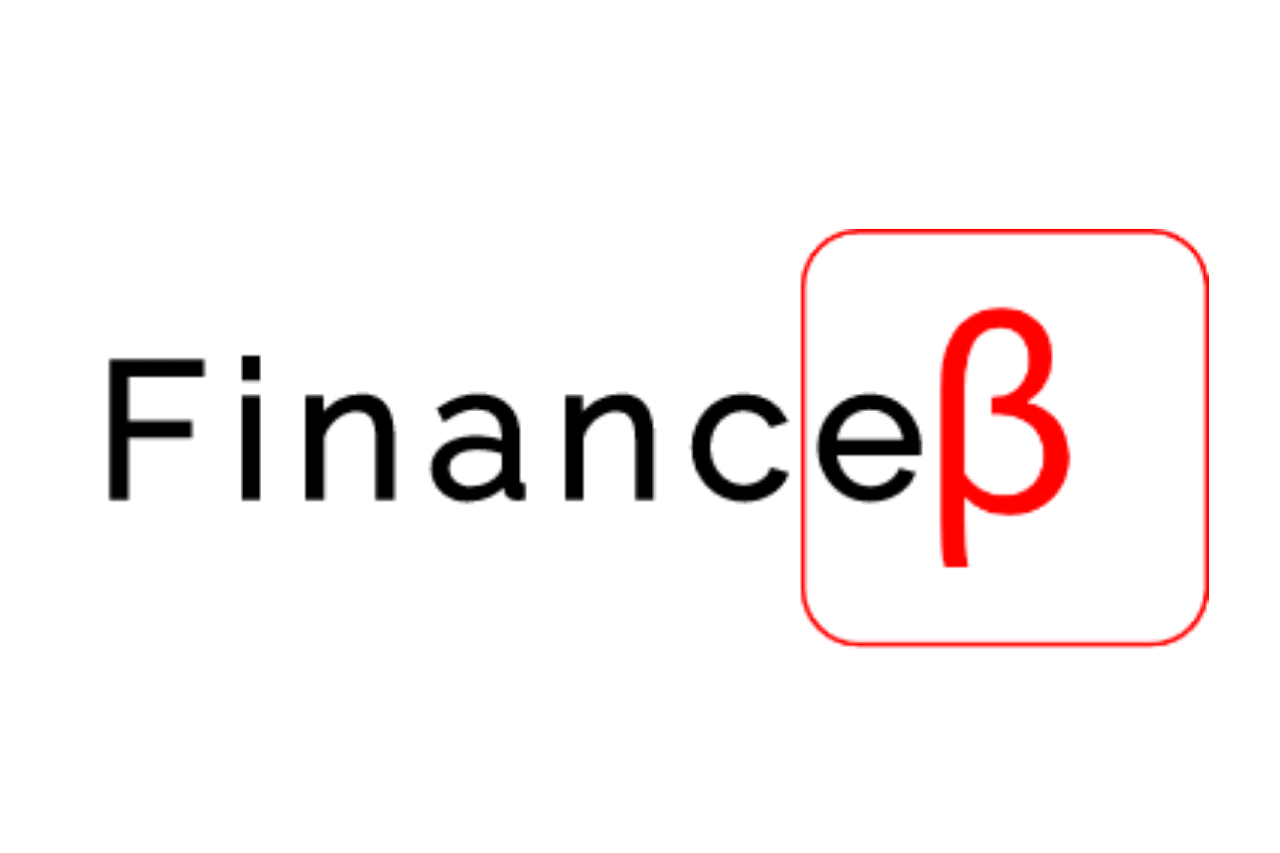What is Forward Price-to-Earnings Ratio (Forward P/E Ratio)? – Definition
The forward price-to-earnings ratio (forward P/E ratio) is a financial ratio that uses the expected earnings per share (EPS) for the next 12 months to calculate the valuation of a company.







